Sunday, 13/07/2025 11:10 (GMT+7)
A close look at the newly recognised UNESCO World Cultural Heritage Site in Vietnam
The UNESCO World Heritage Committee has recognised the Yen Tu – Vinh Nghiem, Con Son, Kiep Bac Complex spanning three localities - Quang Ninh, Bac Giang, and Hai Phong – as a World Cultural Heritage Site.
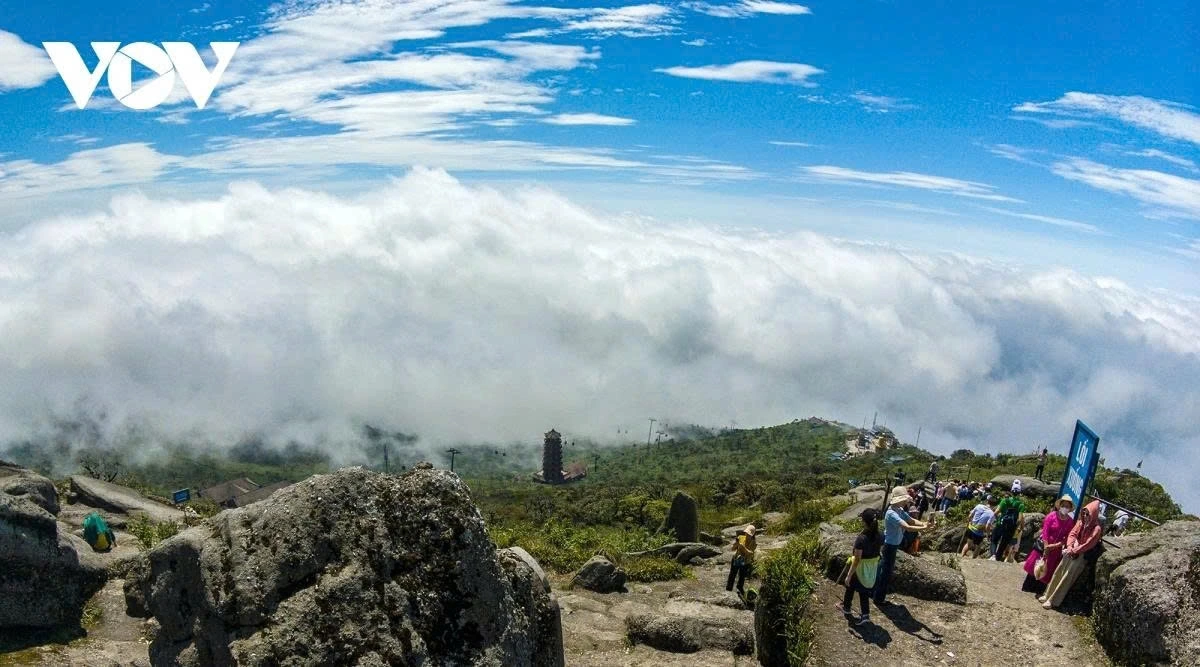 |
| The Yen Tu – Vinh Nghiem – Con Son, Kiep Bac Complex is located within the geographic area of the Yen Tu Mountain Range in northeastern Vietnam, a sacred and legendary landscape deeply rooted in the spiritual consciousness of the Vietnamese people. The complex comprises hundreds of historical and scenic sites, currently falling within the boundaries of six special national relic zones, spanning three localities - Quang Ninh, Hai Phong and Bac Ninh. |
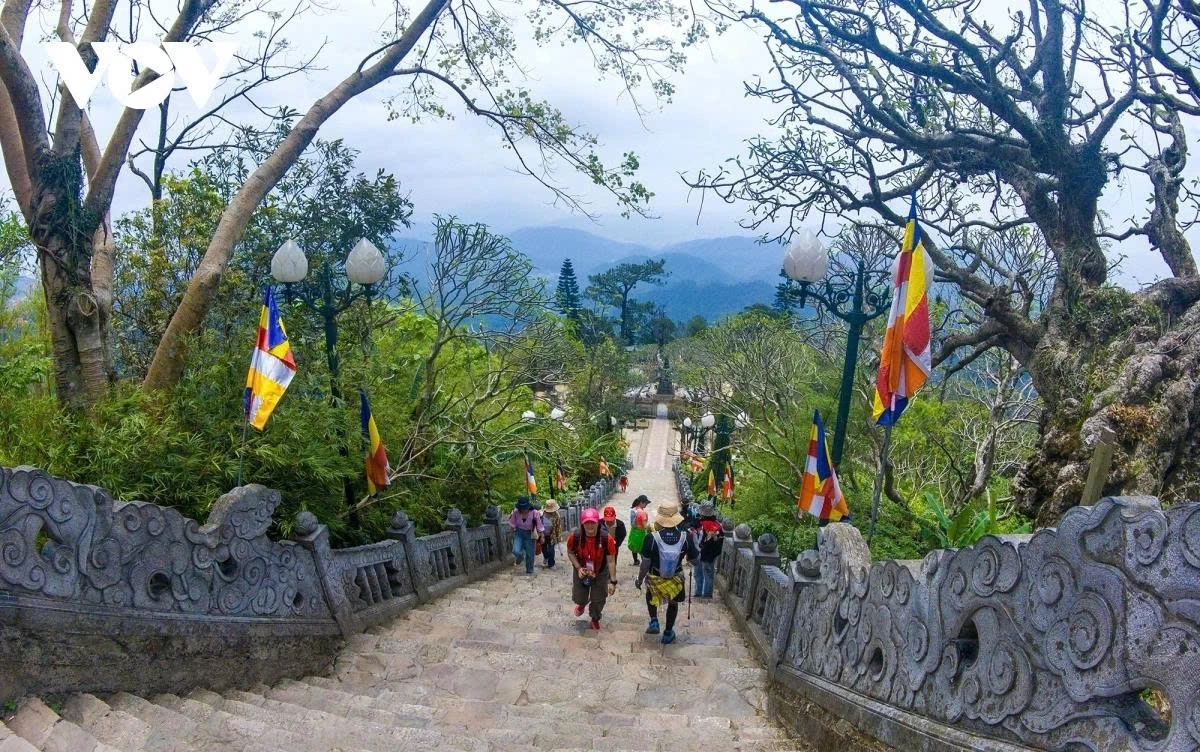 |
| The nomination process for the complex began in 2013. Over the years, relevant agencies and local authorities have worked closely with ICOMOS, the advisory body to UNESCO on World Heritage matters, to develop and refine the nomination dossier. In January 2024, the official file was submitted to the UNESCO World Heritage Centre. |
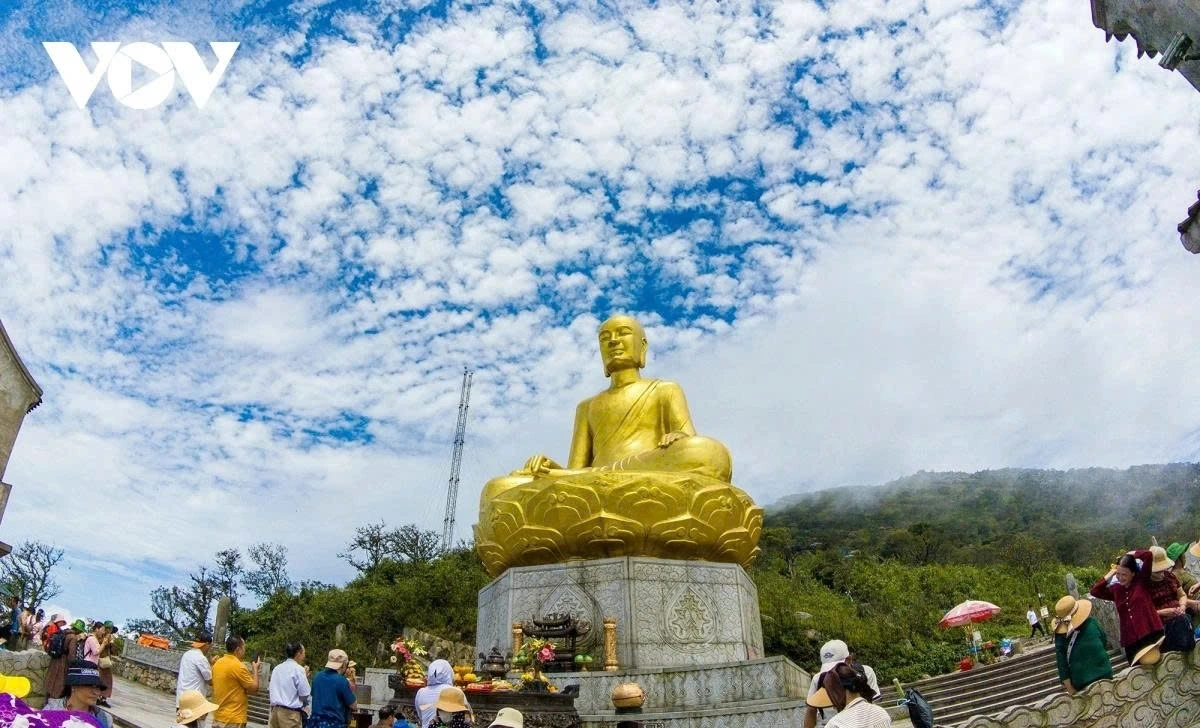 |
| Although the region contains hundreds of scattered historical sites, the nominated heritage area submitted to UNESCO comprise only 12 interconnected component sites, selected to collectively tell a unified narrative. The heritage complex centres on the origin, spread, and development of Truc Lam Buddhism, a unique Vietnamese Zen tradition founded by the Tran dynasty kings, along with various royal family members, monks, and lay practitioners. |
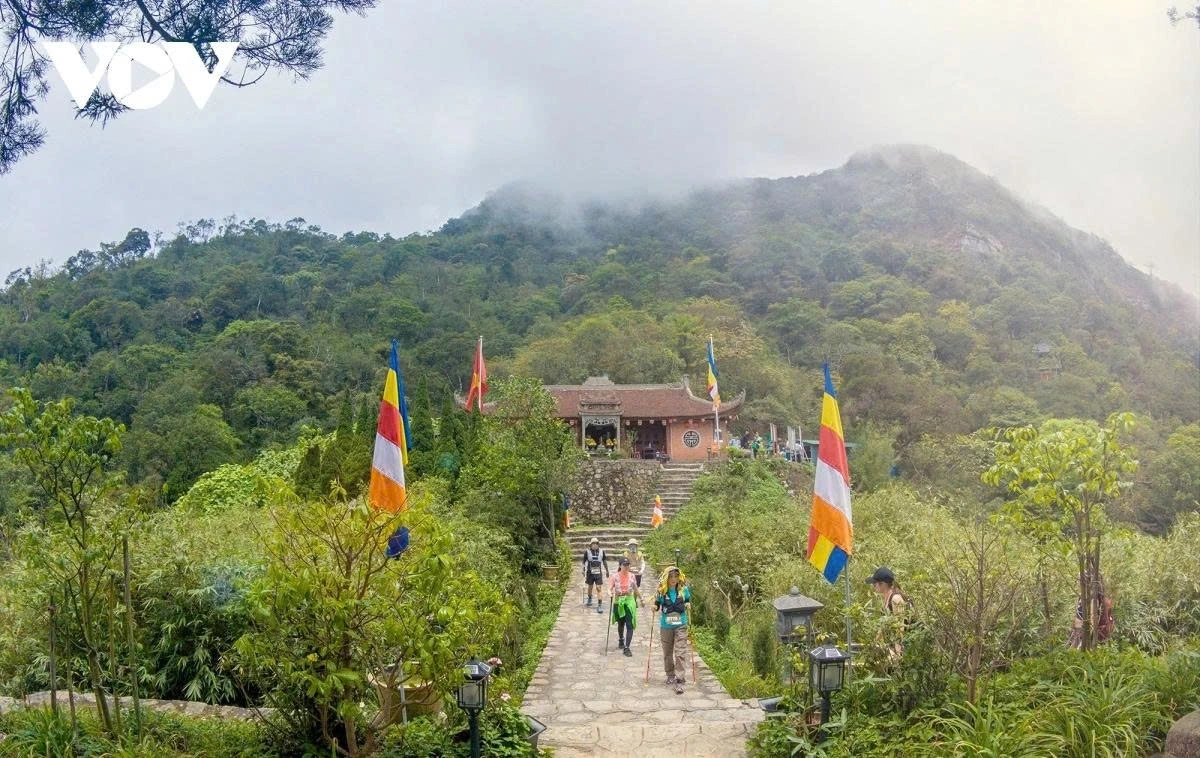 |
| Originating from the Yen Tu mountain range, Truc Lam Buddhism, with its distinctive characteristics, blended with Vietnam’s strong tradition of patriotism to form a core ideological foundation for the culture and society of the Dai Viet state. This philosophy played a pivotal role in mobilizing and uniting the entire army, people, and royal court in defending the nation’s independence, sovereignty, and identity. It also contributed to the rise of a powerful Dai Viet, helping to safeguard regional peace and resist the expansion and influence of the Mongol Empire at the time. |
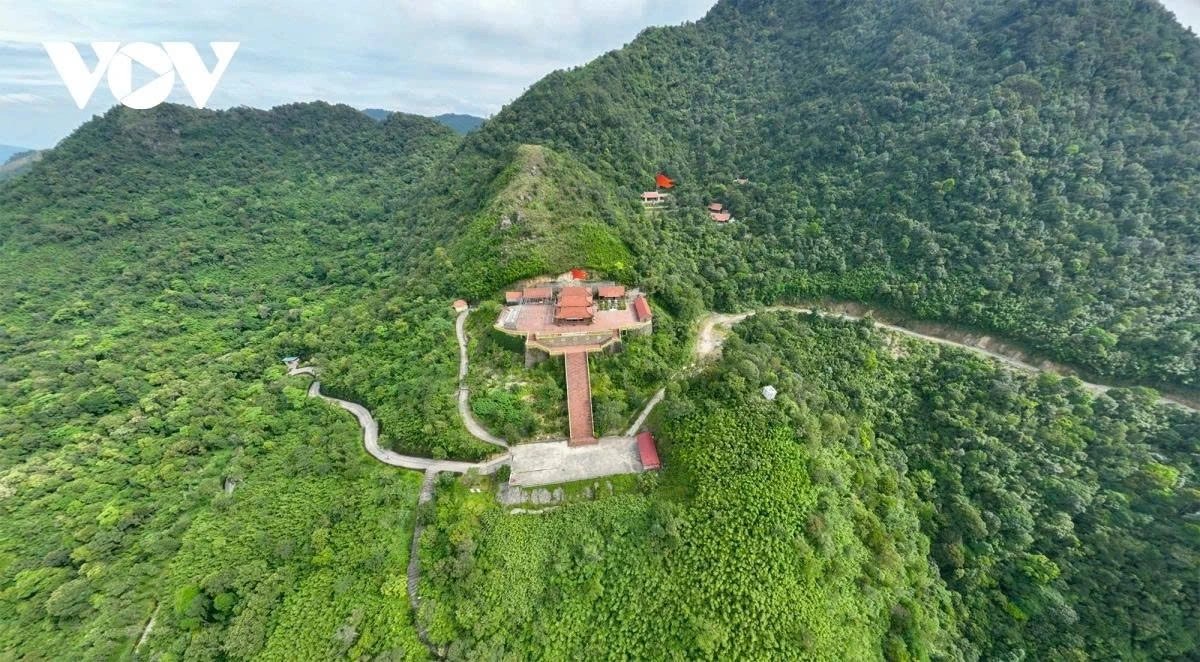 |
| The 12 component heritage sites span an area of 628,000 hectares, with a buffer zone of over 5,800 hectares, and are currently protected through various measures. These sites encompass not only the breathtaking natural landscapes of mountains, forests, rivers, and lakes, and the ancient charm of temples, pagodas, and towers, but also a rich array of intangible cultural heritage, including festivals, rituals, and folk knowledge, that have been preserved and passed down through the local communities for over seven centuries. |
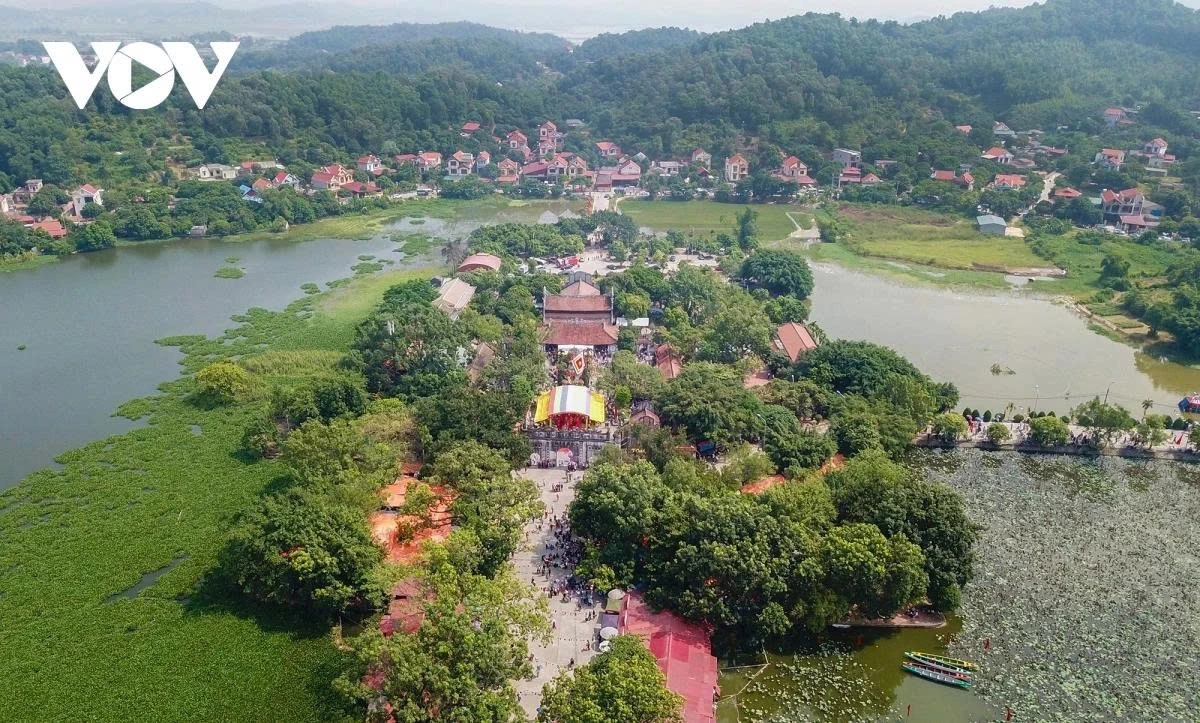 |
| The story begins with two key heritage sites - Thai Mieu Temple (in Quang Ninh) and Kiep Bac Temple (in Hai Phong) - linked to the homeland of the Tran dynasty, also the final resting place of many Tran kings and royal family members. These sites reflect the foundational roots of the Tran dynasty, embodying the fusion of patriotic governance and the spiritual ideals of Truc Lam Buddhism. Every year during the spring and autumn festivals, the Kiep Bac Temple Festival draws tens of thousands of visitors, honouring and paying tribute to national hero Tran Hung Dao (pictured). |
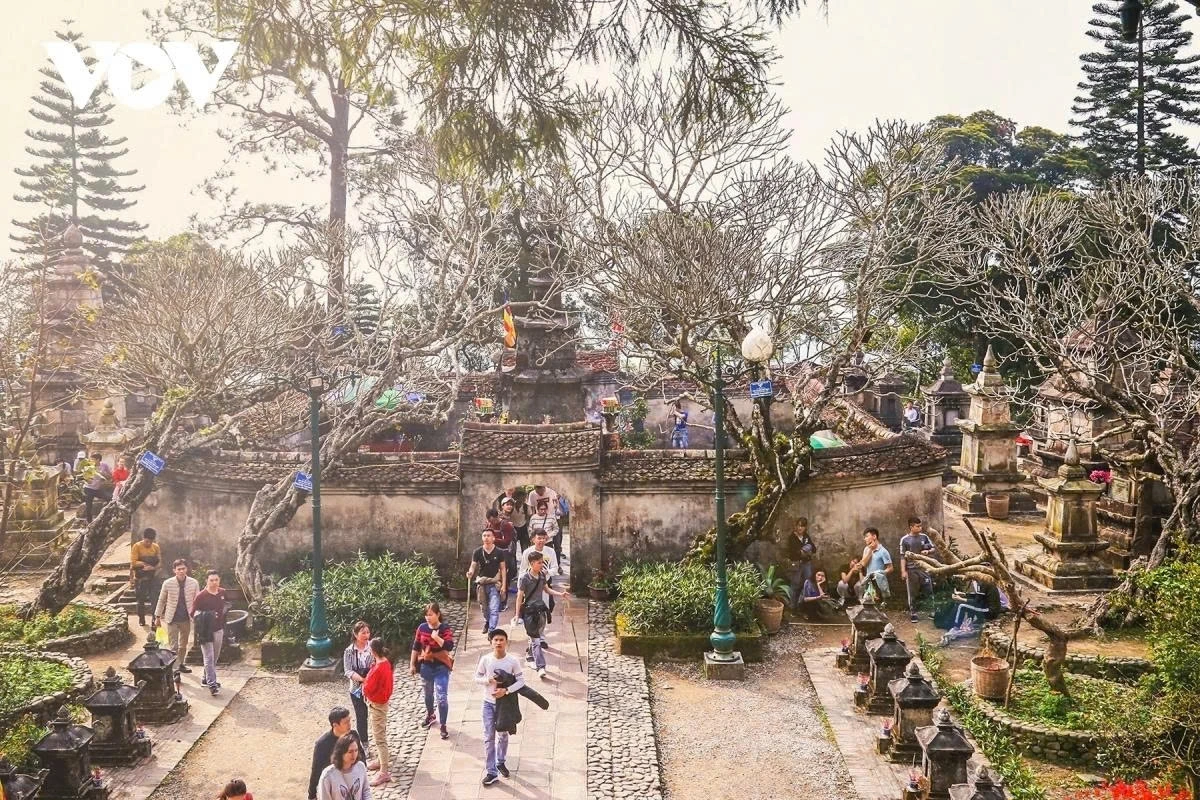 |
| The next three heritage sites - Lan Pagoda, Hoa Yen Pagoda, and Ngoa Van Hermitage–Pagoda (all in Quang Ninh) - are closely associated with the life, monastic path, and spiritual legacy of King–Monk Tran Nhan Tong, and the founding of Truc Lam Buddhism on Yen Tu Mount. Tran Nhan Tong is the only Vietnamese king to abdicate the throne to pursue a life of Buddhism, embodying the philosophy of engaged Buddhism, using spiritual teachings to serve the people. Nestled in the misty mountains of Yen Tu, these sites are revered as the sacred ancestral land of Truc Lam, forming a traditional pilgrimage route and home to numerous national treasures such as the statue of King Tran Nhan Tong in the Hue Quang Stupa and the Ngoa Van golden relic box. |
 |
| Three additional sites - Vinh Nghiem Pagoda (in Bac Ninh province), Thanh Mai Pagoda, and Con Son Pagoda (in Hai Phong city) are associated with the lives and legacies of the Second Patriarch Phap Loa and the Third Patriarch Huyen Quang, marking the golden age of Truc Lam Buddhism. These heritage sites reflect the widespread influence of Truc Lam Buddhism throughout society during that era. Notably, the woodblock prints of Vinh Nghiem Pagoda have been recognised as a UNESCO Memory of the World documentary heritage for the Asia-Pacific region (pictured). |
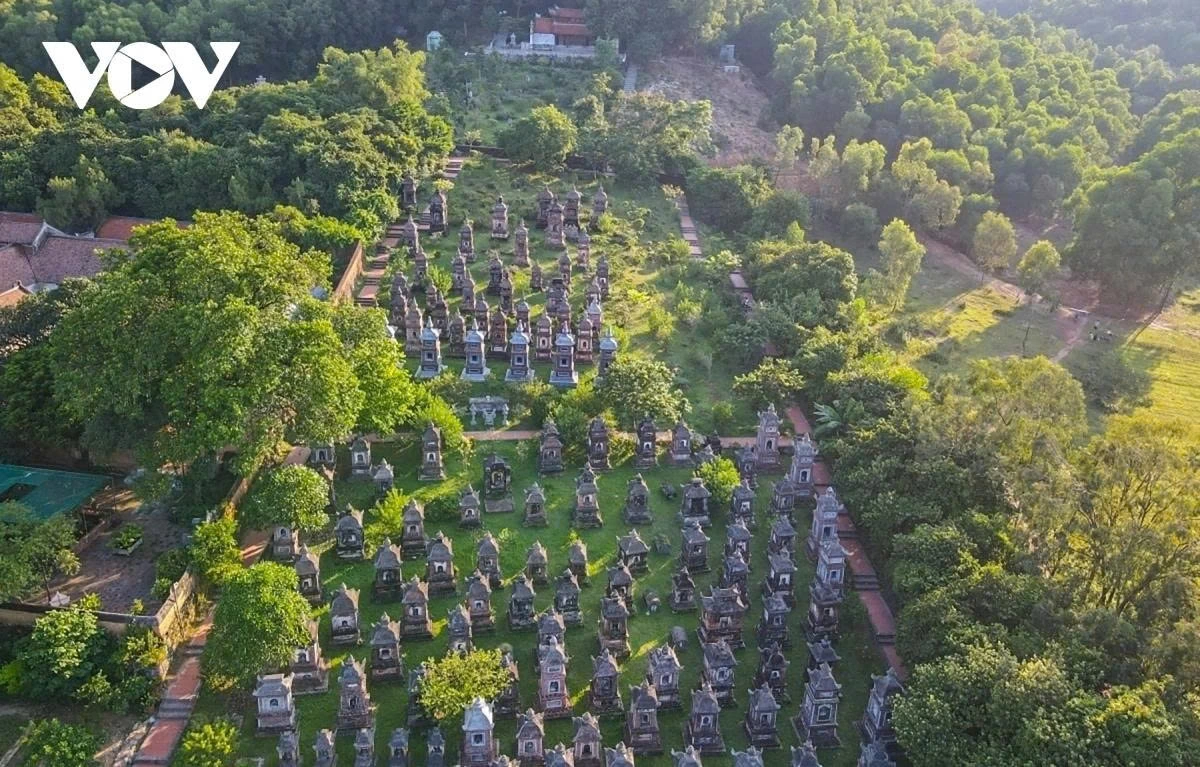 |
| Two heritage sites - Bo Da Pagoda (in Bac Ninh) and Nhanm Duong Pagoda (in Hai Phong) - reflect the revival and integration period of Truc Lam Buddhism. The enduring presence of Truc Lam Buddhism over the centuries is evident through these sites, which feature unique architectural styles and some of the largest and oldest stupa gardens in Vietnam. |
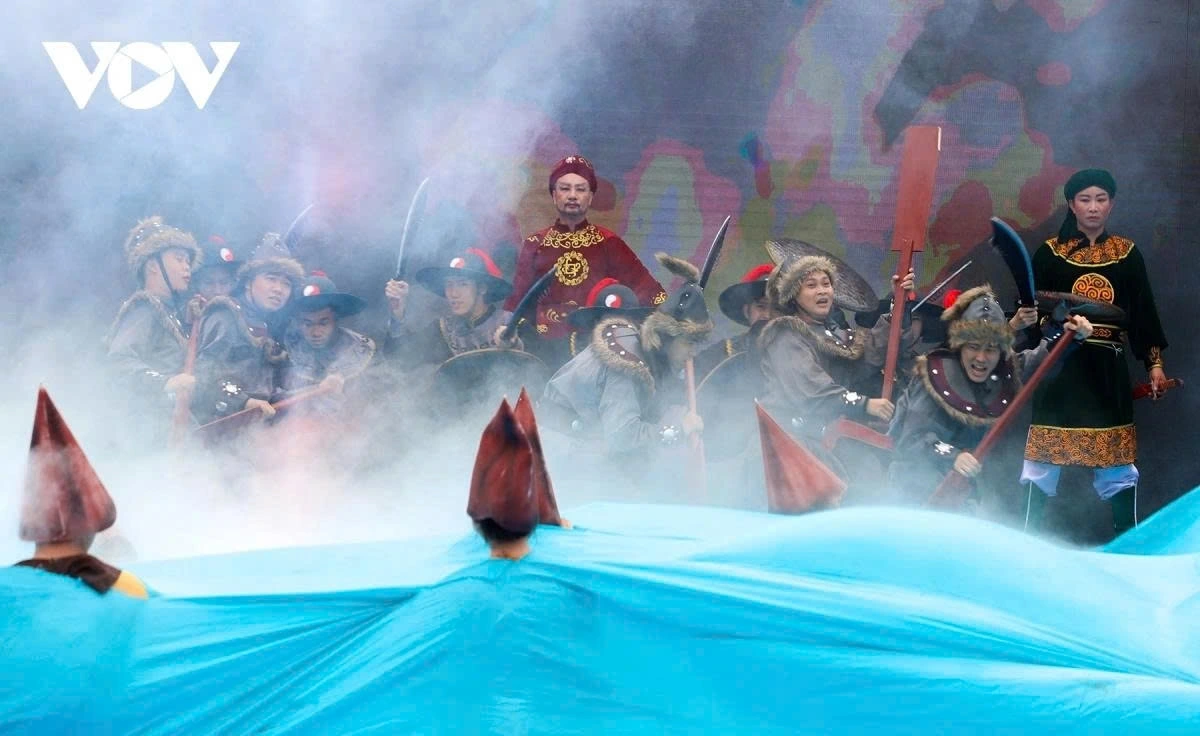 |
| Finally, two heritage sites - Kinh Chu Cave (Hai Phong) and the Yen Giang stake yard (Quang Ninh) - highlight the role and influence of Truc Lam Buddhism in the everyday life of the Dai Viet state and the Vietnamese tradition of utilizing land and water resources. Both are closely associated with the historic Bach Dang victory of 1288—a monumental triumph that symbolised Vietnam’s spirit of independence and unity, contributing significantly to lasting peace in the region. |
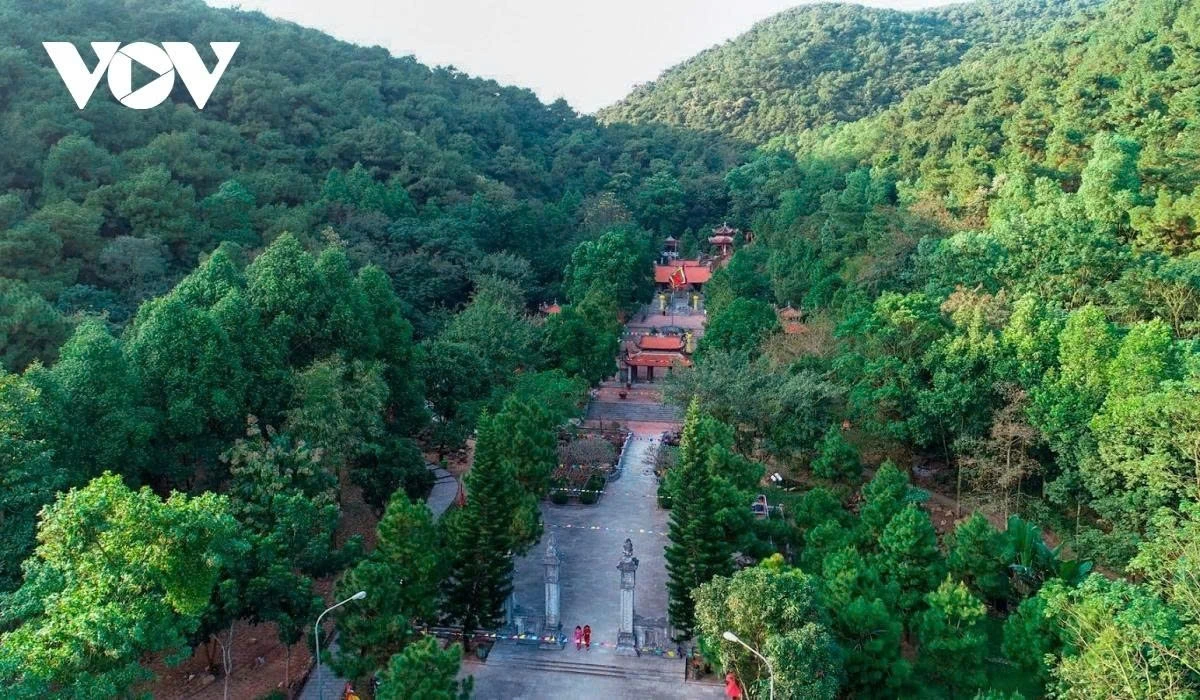 |
| Throughout the nomination process, Vietnam has made numerous clarifications in response to ICOMOS’s requests, particularly regarding the political and religious dimensions of the heritage narrative. These efforts highlighted the distinctiveness of the Truc Lam Zen sect compared to other Buddhist schools in the region. At the same time, Vietnam has committed to fulfilling recommendations on heritage conservation, management, and monitoring measures in the near future. |
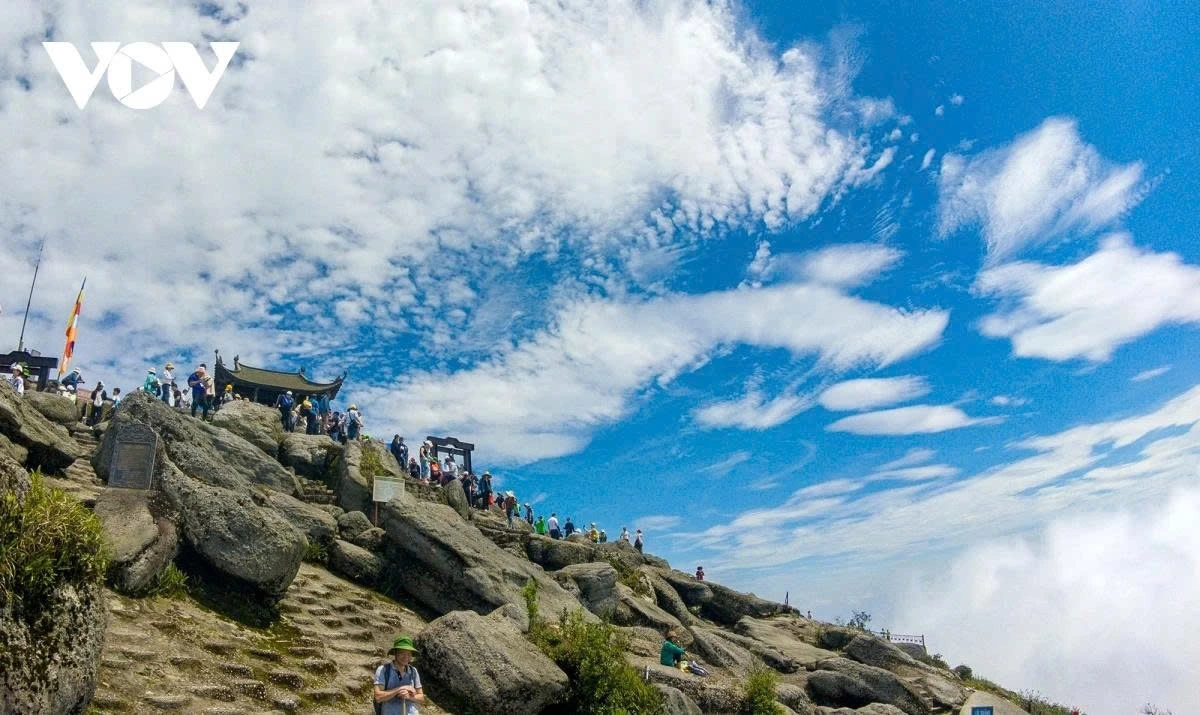 |
| The Yen Tu – Vinh Nghiem, Con Son, Kiep Bac Complex is Vietnam’s 9th UNESCO World Heritage Site, and notably, the second trans-provincial heritage site after Ha Long Bay – Cat Ba Archipelago, which spans Quang Ninh province and Hai Phong city. |
VOV